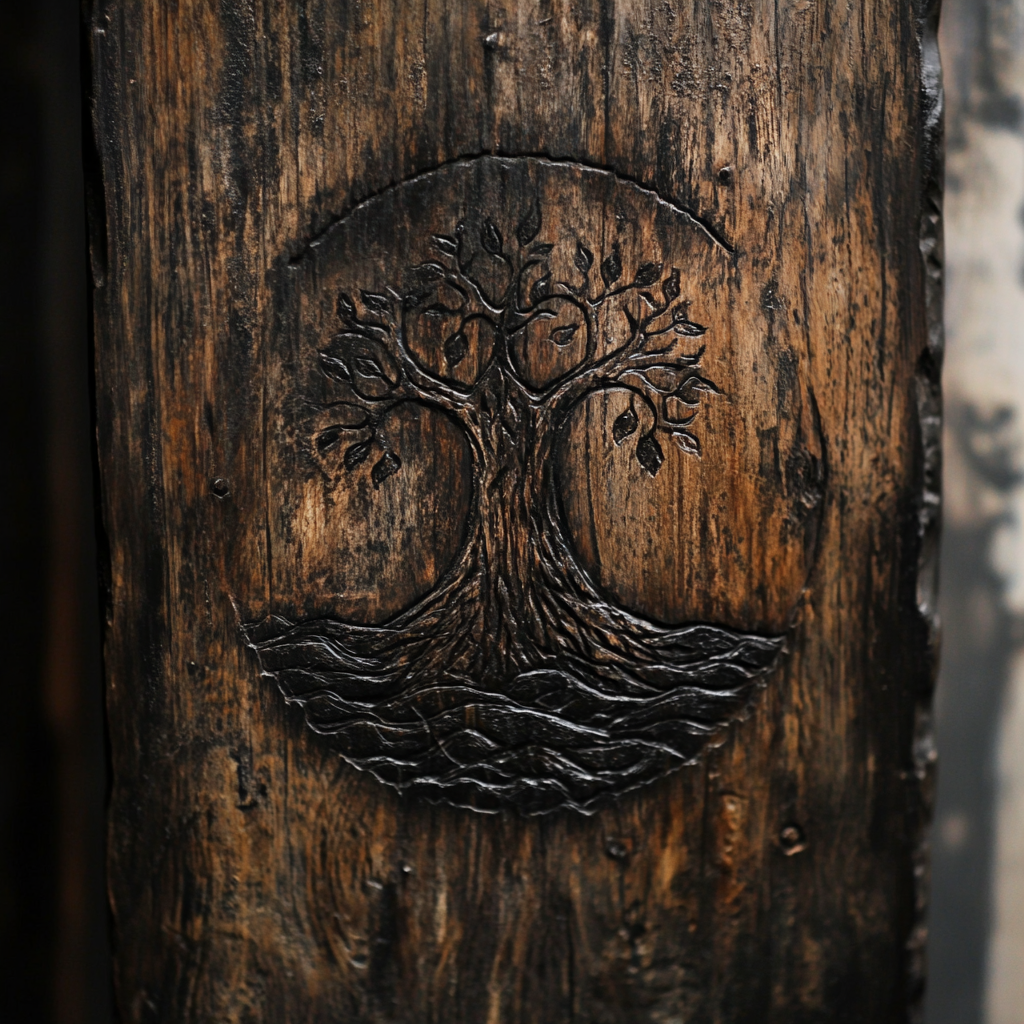Cencer of Eternal Blight
"From the broken gem of mercy and the goddess’ fractured mind, the chains of despair were bound, the souls of the cursed took shape, and the plague’s cradle was born to unmake life."
Forged in the chaotic crucible of divine will and madness, the Censer of Eternal Blight is one of the most feared and enigmatic artifacts in Kena’an. Entrusted to Thesra, the Harbringer of Plagues, this artifact embodies the destructive essence of Mioran, goddess of plagues and madness.
Origins & Creation
The censer's story begins with an act of betrayal. Aeons ago, during a rare solar eclipse, Zinxa, goddess of death and undeath, managed to stole a gem from the crown of her sister, Siona. This gem was no ordinary treasure. In it, Siona had stored every malady known to mortals. Every plague and disease was sealed away by the Lady of Entropy to spare the world of their pain and suffering. But her sister, the Devourer of Souls, had other plans. Zinxa shattered the gem, unleashing the chaos stored within and inadvertently giving birth to Mioran, a new goddess born mad and erratic.
Later on the path of time, from the gem's remnants, Mioran forged the Censer of Eternal Blight, an artifact crafted not of metal but of tormented souls provided from Noxaria, Zinxa's domain in the Underworld. Its black, otherworldly surface is engraved with ancient, horrifying symbols of death, decay, and suffering. Holding the censer is an unbreakable chain forged from Mioran's own madness; a weave of broken thoughts, inconsistent consciousness, and whispering voices.
Appearance & Power
"The censer carries with it the weight of every suffering, every stolen breath, and every withered limb. Through it, the Harbinger paints the world with despair."
The censer radiates an unsettling presence. Its twisted craftsmanship evokes despair in those who behold it, with its surface perpetually shifting between grotesque images of suffering and decay. The chain binding the censer emits a low hum, echoing fragmented voices that speak in tongues forgotten by time. Legends speak of how the censer stores every plague, each waiting to be unleashed.
Thesra, the Harbringer of Plagues wields it with terrifying efficiency, spreading illness wherever she treads. It is said the censer's power is limitless, as it feeds on the death it sows.
Protective Rituals & Oranges
In their fear of Thesra and the censer, the people of Kena’an have devised countless protective measures. While most are superstitions, certain witches and druids have the knowledge of crafting effective talismans. Most of the times, these are made of wood and engraved with symbols that represents life and vitality, like trees, water, and the sun, as well as various fruits. Oranges, in particular, play a vital role in these rituals."The orange, with its golden hue, is the fruit of life. Its scent chases away the shadows of sickness, its essence binds the plagues that seek entry to the body. Burn its peel, and let its embers light your path to health."
Related Articles
All written content is original, drawn from myth, memory, and madness.
All images are generated via Midjourney using custom prompts by the author, unless otherwise stated.






I like how you tied in scurvy! The best myths often have some basis in nature.
Thanks! I think so too, all myths and tales have some solid foundation based on truth. I'm glad you liked it!
Come visit my world of Kena'an for tales of fantasy and magic!
Or, if you want something darker, Crux Umbra awaits.